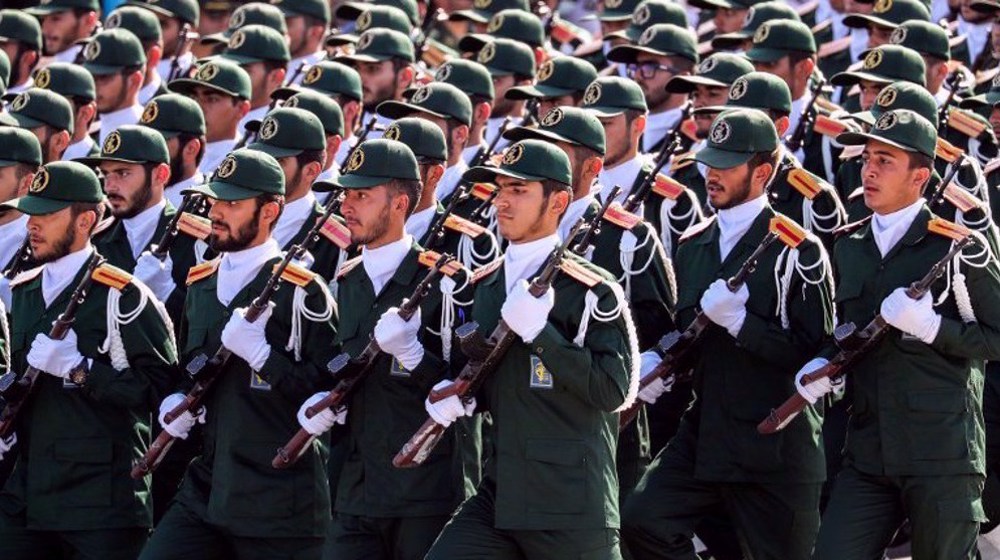Iran exports radars of every family: Defense Minister
Iranian Defense Minister Brigadier General Hossein Dehqan says the Islamic Republic produces every type of radar and is currently exporting the domestically-manufactured equipment to some countries.
“We are producing radars of all families, including short- and long-range radars, and are even exporting them to some countries,” Dehqan said in a televised program on Friday.
“We have no limitation to the production of radars,” he added.
In January, Iran’s Navy successfully tested a new radar system during large-scale military drills south of the country.
The L-band radar system, capable of detecting both aerial and surface threats at the same time, was successfully tested in waters near Konarak Port, southeast Iran.
In October 2015, Iran unveiled a new domestically-built long-range digital radar system, dubbed Fat’h 14 (Conquer 14), which is capable of detecting enemies’ strategic objectives.

The radar system has a range of 600 kilometers and can detect small airborne targets at a high altitude. High agility and swift connection to command and control network are among other features of the semiconductor radar.
Also in October 2015, Iran unveiled a domestically-built 3D search and control radar system, dubbed Qamar, with the capability of tracking over 100 targets within a 450-kilometer radius.
The Iranian defense minister, who was elaborating on the country’s defensive achievements, added that Iran is currently capable of designing and producing all types of weapons it requires.
“The Armed Forces of the Islamic Republic of Iran are prepared to such extent that no one would entertain the notion of attacking Iran,” Dehqan said.
However, he added, this does not mean that the country’s enemies such as the US, Israel and Saudi Arabia do not yearn to threaten or attack Iran and they, therefore, raise the issue of “options on the table” every now and then but they are reluctant to take any action because "its outcome would be failure."
He further emphasized that ground combat is one of the several fields in defense industries that Iran is active in and noted that the country is producing tanks, personnel carriers, tactical vehicles and ammunition inside the country.
Pointing to Iran’s missile capabilities, Dehqan said, “In missile industries, we are working in the three areas of defense, ballistic and land and sea cruise [missiles].”
He added that the Iranian Armed Forces are capable of upgrading a missile in a period of 3-4 months if required.
The minister noted that Iran has managed to digitize all its communication systems and added that the country seeks to manufacture helicopters and civil airplanes.
In recent years, Iran has made major breakthroughs in its defense sector and attained self-sufficiency in producing important military equipment and systems.
Iran has also conducted other major military drills to enhance the defense capabilities of its armed forces and to test modern military tactics and state-of-the-art army equipment.
The Islamic Republic maintains that its military might poses no threat to other countries, stating that its defense doctrine is merely based on deterrence.
D-8’s role in Iran’s economy after Cairo summit
China slams US as ‘war-addicted’ threat to global security
China ‘firmly opposes’ US military aid to Taiwan
VIDEO | Press TV's News Headlines
President Yoon Suk Yeol to be removed from office
At least 19 Gazans killed by Israeli airstrikes since dawn: Medics
Leader: Iran neither has nor needs proxy forces
US fighter aircraft shot down ‘in friendly fire’ amid aggression on Yemen










 This makes it easy to access the Press TV website
This makes it easy to access the Press TV website